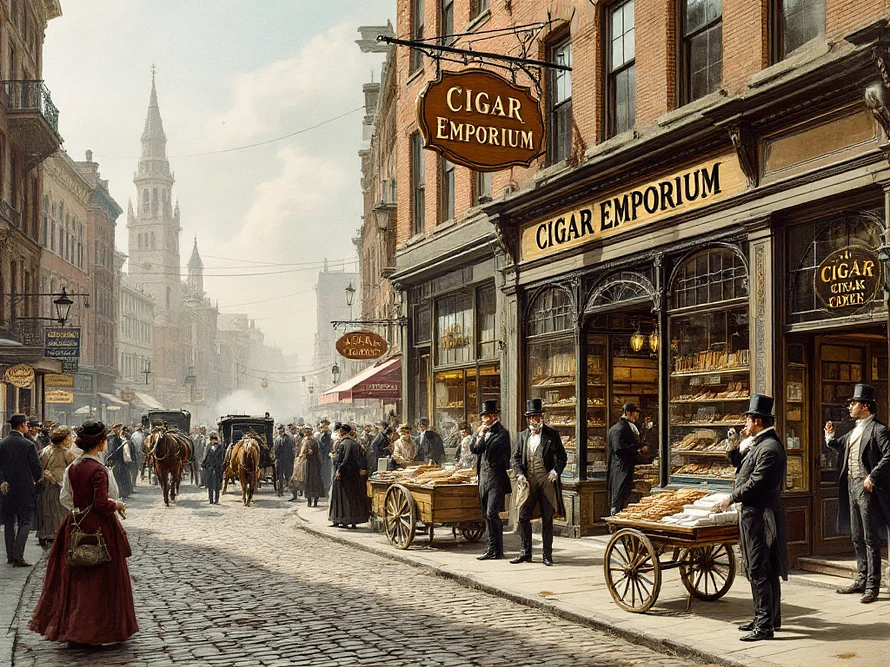The Unsolved Murder of Mary Rogers: The Case That Shaped True Crime and Inspired Poe
July 25, 1841. New York, USA.
Victim: Mary Cecilia Rogers, 21 years old.
Mary Rogers was born in 1820. Her father died when she was just five years old, leaving her mother to support the two of them. As Mary grew older, she began helping her mother with household tasks.
Mary blossomed into a beautiful young woman, and her striking appearance caught the attention of John Anderson, the owner of a cigar shop on Broadway. Anderson came up with the idea of hiring Mary to sell cigars, hoping to use her beauty to attract more customers and boost his business.
Mary’s mother was initially reluctant to let her daughter work in such an environment, surrounded by male customers. However, Mary eventually persuaded her mother to accept the offer.
On July 25, 1841, Mary disappeared. She told her fiancé, Daniel Payne, that she was going to visit her aunt in New Jersey. She left her home in New York City and never returned. At first, her absence did not raise alarm, as it was assumed she had simply been delayed. However, as days passed without any word from her, her family and fiancé began to worry.
Three days later, on July 28, her mutilated body was discovered floating in the Hudson River. Initial reports suggested she had been murdered, but the exact circumstances of her death remained unclear.
The case was never solved, and the lack of clear evidence led to widespread speculation and numerous conspiracy theories.
Some believed Mary had been attacked and murdered by a group of men while walking in Hoboken. Witnesses claimed to have seen her in the company of several men shortly before her disappearance.
Another theory suggested that Mary had died during a botched abortion. At the time, abortion was illegal and often performed in secret by unqualified individuals. This theory gained traction when a tavern owner in Hoboken, Frederica Loss, claimed that Mary had visited her establishment with a mysterious man shortly before her death. Loss later stated that Mary had gone to meet a doctor for an abortion and that the procedure had gone wrong, ultimately leading to her death.
Daniel Payne, Mary’s fiancé, also came under suspicion due to his erratic behavior following her death. He was reportedly devastated and began drinking heavily. In October 1841, just a few months after Mary’s death, Payne committed suicide by overdosing on laudanum near the spot where her body had been found. He left a note expressing his grief over her death, but no evidence ever linked him to her murder.
The case was one of the first in the United States to receive widespread media coverage, highlighting the growing influence of newspapers in shaping public opinion.
Mary’s murder exposed the dangers faced by women in urban areas and sparked debates about crime, morality, and the treatment of women in society.
The case also inspired Edgar Allan Poe's famous short story, The Mystery of Marie Rogêt (1842), a fictionalized account of Mary Rogers' death. Poe's story is considered one of the earliest examples of detective fiction.
Legacy:
The unsolved nature of Mary Rogers' death and the sensationalism surrounding it set a precedent for how mysterious deaths and murders would be covered in the media. It also highlighted societal issues, such as the vulnerability of women and the lack of effective law enforcement in rapidly growing cities during the 19th century.
This case remains a fascinating example of how a single event can capture the public's imagination and leave a lasting cultural impact.
